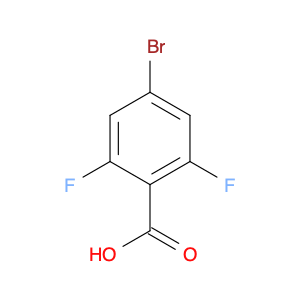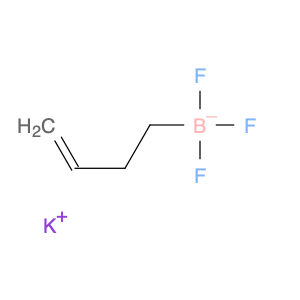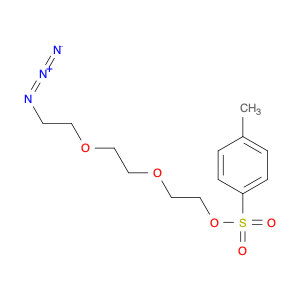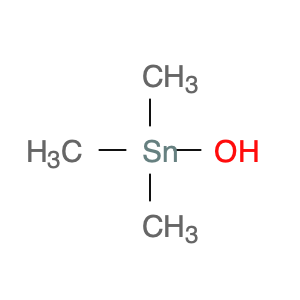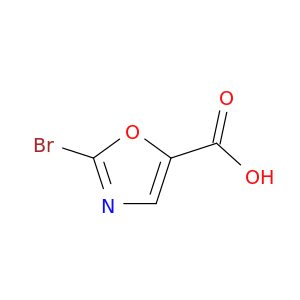The organic compound (3-Aminopropyl)silanetriol is a versatile molecule widely used in chemical synthesis. Due to its unique structure and properties, it serves as a valuable reagent in various reactions and processes. One of the primary applications of (3-Aminopropyl)silanetriol in chemical synthesis is as a coupling agent in the preparation of silane-modified polymers. Its silanol groups can undergo condensation reactions with silanol groups on inorganic surfaces or with other silane molecules, leading to the formation of strong, covalent bonds. This feature makes it an essential component in the formulation of adhesives, coatings, and sealants where adhesion to both organic and inorganic substrates is required.Additionally, (3-Aminopropyl)silanetriol can function as a surface modifier or surface treatment agent in the modification of glass, metals, and other materials. When applied onto surfaces, its amino and silanol functionalities can interact with the substrate, leading to improved adhesion, wettability, and stability. This is particularly useful in industries such as electronics, construction, and automotive, where enhancing the properties of materials is essential for performance and durability.Furthermore, (3-Aminopropyl)silanetriol plays a crucial role in the synthesis of functionalized silica nanoparticles. By functionalizing the surface of silica with this compound, researchers can tailor the properties of nanoparticles for various applications, including drug delivery, catalysis, and sensing. The presence of the amino group also allows for further derivatization, enabling the attachment of different functional groups for specific purposes.Overall, the application of (3-Aminopropyl)silanetriol in chemical synthesis extends to a wide range of industries and research fields, showcasing its importance as a versatile and effective reagent in the creation of advanced materials and products.
 sales@aaronchem.com
sales@aaronchem.com





